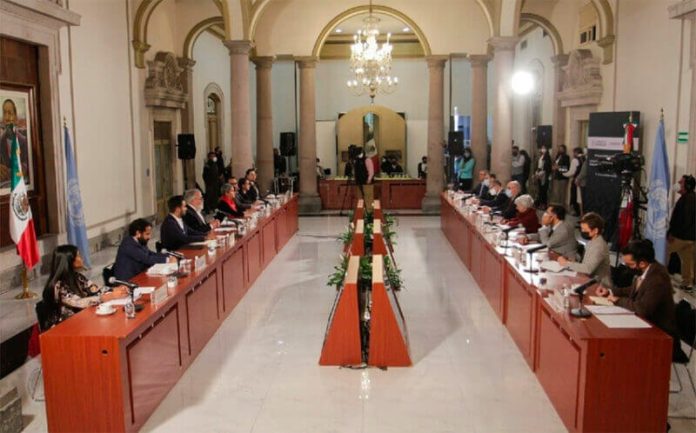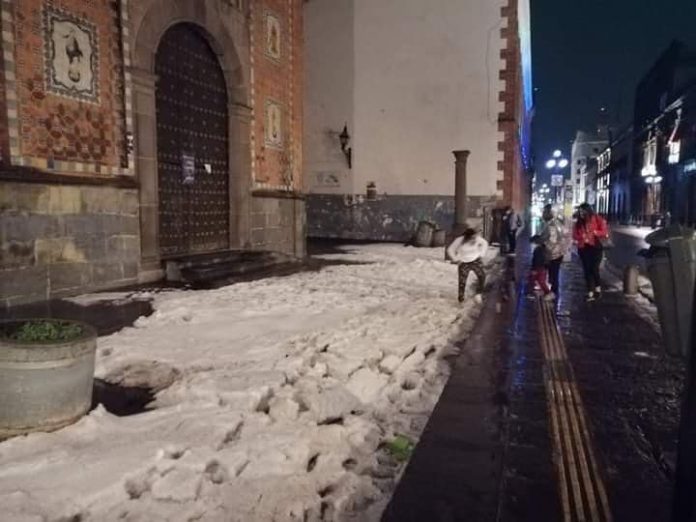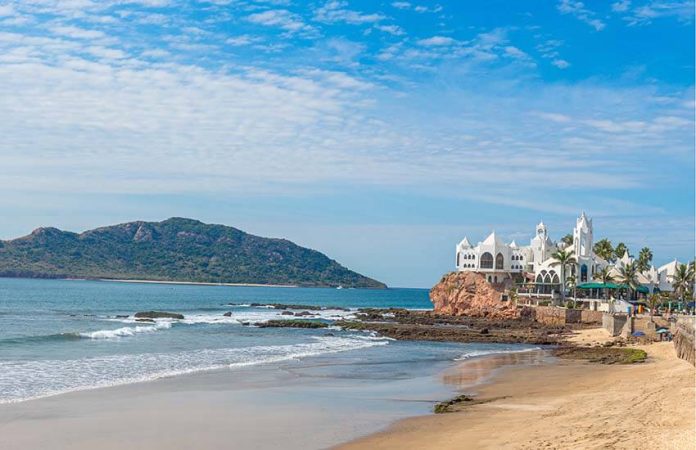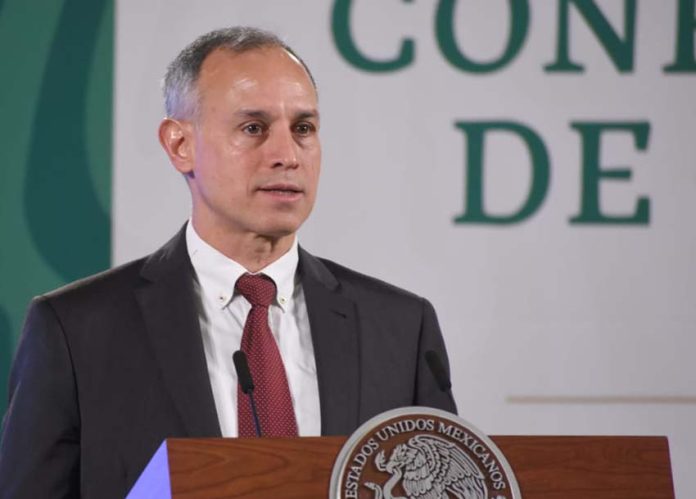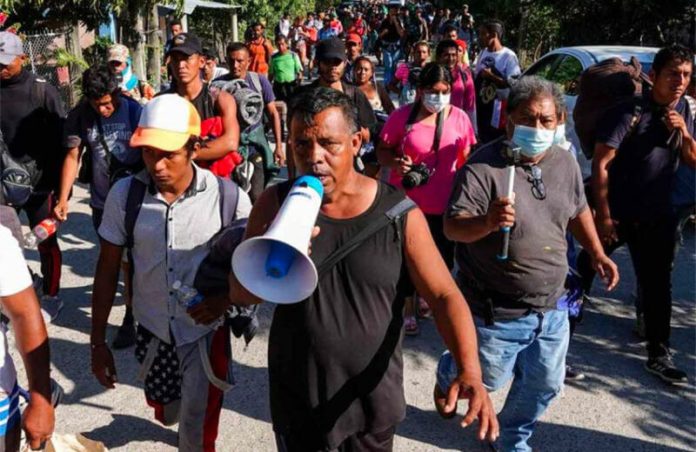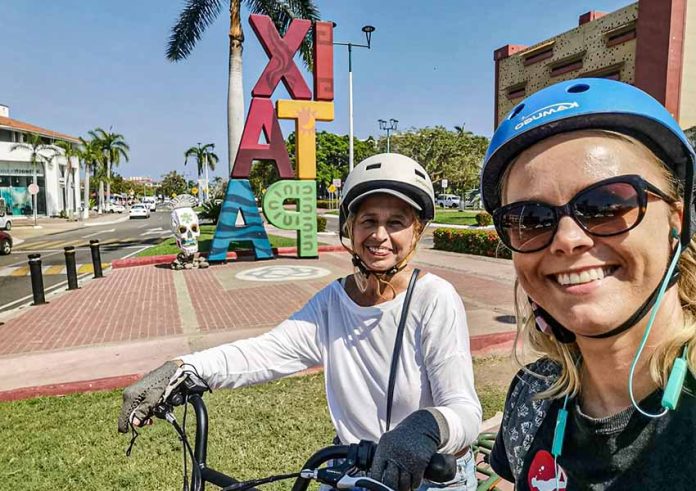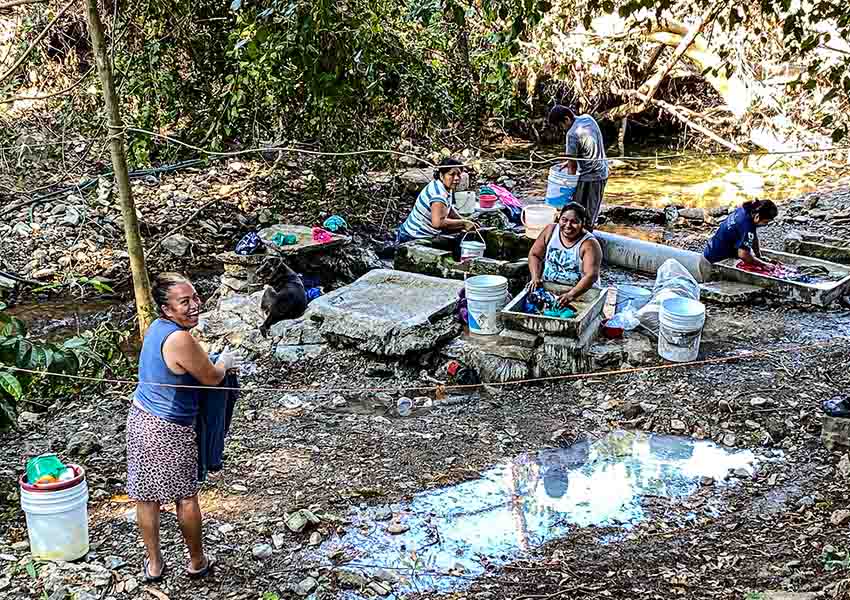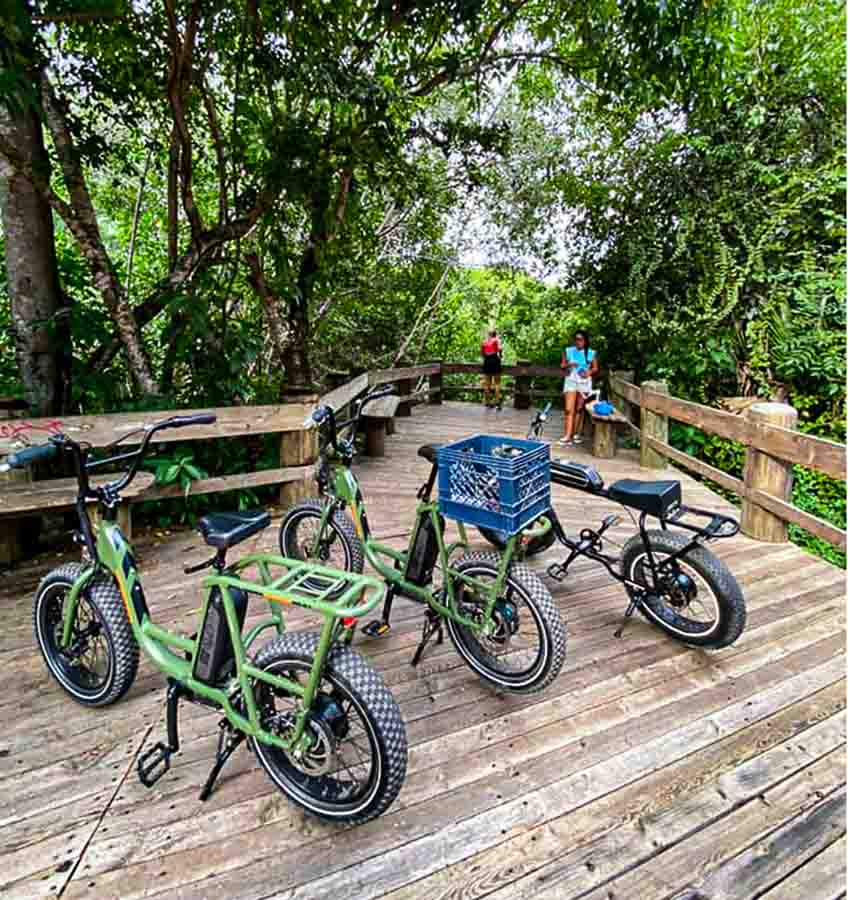The wife of the leader of the Jalisco New Generation Cartel (CJNG) was arrested in the metropolitan area of Guadalajara, Jalisco, on Monday.
Rosalinda González Valencia, wife of Nemesio “El Mencho” Oseguera Cervantes, was captured in Zapopan by soldiers working in conjunction with the federal Attorney General’s Office and the National Intelligence Center.
The Ministry of National Defense (Sedena) said in a statement that soldiers were acting on an arrest warrant issued against González for several crimes.
It said that evidence suggests she is linked to the “illicit financial operation of an organized crime group.”
The arrest of González, who was previously detained in Zapopan in 2018 on money laundering charges but released from prison on bail of almost 1.6 million pesos (US $77,000), is a “significant blow for the financial structure of organized crime in the state of Jalisco,” Sedena said.
The ministry said she was transferred to a federal women’s prison in Coatlán del Río, Morelos.
The arrest of González, who authorities said in 2018 was the “administrator of the economic and legal resources” of the CJNG, came just days after her brother, José González Valencia, was extradited to the United States from Brazil on drug trafficking charges. He is alleged to be a member of Los Cuinis, a gang considered the CJNG’s financial arm.
Another brother, Abigael González Valencia, former leader of Los Cuinis, was arrested in Puerto Vallarta in 2015 and is collaborating with federal authorities on the case of the 43 students who disappeared in Guerrero in 2014. Two other brothers were given prison sentences for drug and weapons charges in late 2019, while yet another brother was arrested in 2016.
Rosalinda González’s son is also in prison on cartel-related charges.
Meanwhile, Oseguera – wanted in both Mexico and the United States, where a US $10 million reward is on offer for information leading to his arrest — remains at large.
The cartel he heads – generally considered Mexico’s most powerful criminal organization – is notorious for violence and engaged in vicious turf wars in several parts of the country, including Michoacán and Guanajuato. Authorities expressed concern that the arrest of Oseguera’s wife could trigger reprisal attacks.
El Mencho and other former members of the Milenio Cartel formed the CJNG in 2010 with the aim of seizing control of drug trafficking and other criminal activities in the states of Jalisco and Michoacán.
Eleven years later, it is a transnational criminal organization with contacts in Colombia, Peru, Bolivia, Central America and the United States.
The cartel, a major mover of drugs such as cocaine and fentanyl, is believed to operate out of at least 24 Mexican states including Jalisco, Michoacán, Baja California, Veracruz, Chihuahua and Mexico City, where it allegedly carried out an attempt on the life of the capital’s police chief last year.

